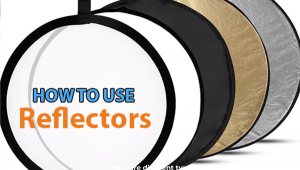The Best Spring Photography Tips for ALL Photographers

It’s spring—the time of year made especially for photographers, lovers and dreamers. Poets too, come to think of it. You’ll find plenty of things to photograph without even trying—but here are some ideas you may not have thought about yet.
Pity the poor soul who has always lived in a land with perpetual sunshine and balmy weather—they cannot understand the renewal of spirit and healing power of spring. A crocus here, a chirping robin there and—hopefully—a shorter wait for a covid-19 vaccination. For those of us who reside in a part of the world where winter means snow and ice, spring is particularly rewarding.

Bring Your Camera
Forget your cellphone, no matter how convenient it may seem. Carry a real camera with you to capture all the beauty that Mother Nature shares with us only once a year. The first day of spring is determined by the Vernal Equinox, that day when the hours of daylight and darkness are nearly equal. In 2021, the first day of spring is March 20.
BTW, on 14-March much of the US shifts into Daylight Savings Time. More on that later.

April showers . . .
Spring is a great time to add to your collection of cloud pictures. To darken a blue sky and accentuate white, billowy clouds use a polarizing filter (tutorial here). You can pick one up from Amazon for around $20.
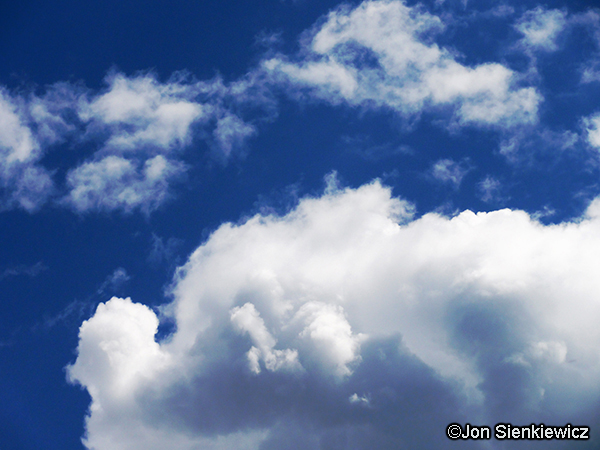
For darker clouds, bracket your exposures to assure optimal results. Using a polarizer is the only way you can saturate a blue sky without altering the color of the clouds and foreground. On stormy days it’s important to bracket shots in order to capture the broadest range of grays. Clouds make great subjects. Experiment!
Wow! There’s a cloud that looks like a Shetland pony. And that one looks like my IRS Form 1040—oh, no, wait. That’s a red spot on my UV filter.
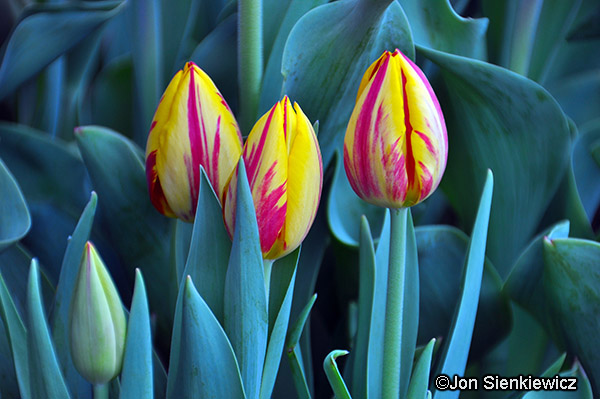
…bring May flowers
Early blossoms always provide good images, but of course you knew that. Here’s a tip: check around the back of your house where the vent from the clothes dryer exits the basement. It’s warmer there and often plant life appears earlier.
When shooting close-ups use a small aperture for greater depth-of-field (tutorial here). Of course, that means slow shutter speeds, so use a tripod for best results. Also—another often overlooked tool—use the self-timer to avoid camera shake caused by pressing the shutter.
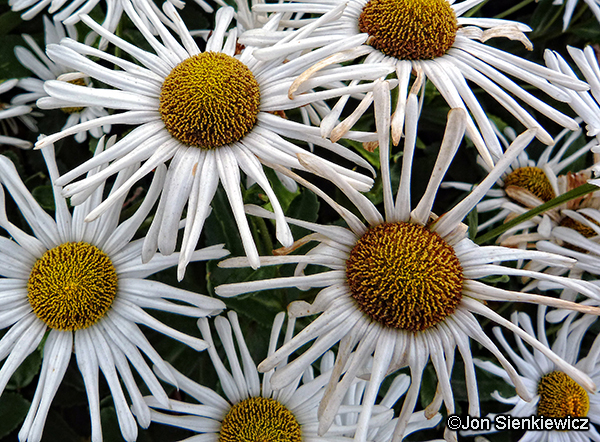
Remember that flowers move freely even in a slight breeze. You’ll get better results on calm days. Alternatively, seek out locations that are protected from the wind. If the flower moves at all during exposure your picture will appear unsharp, even if your technique is perfect and your tripod steady.
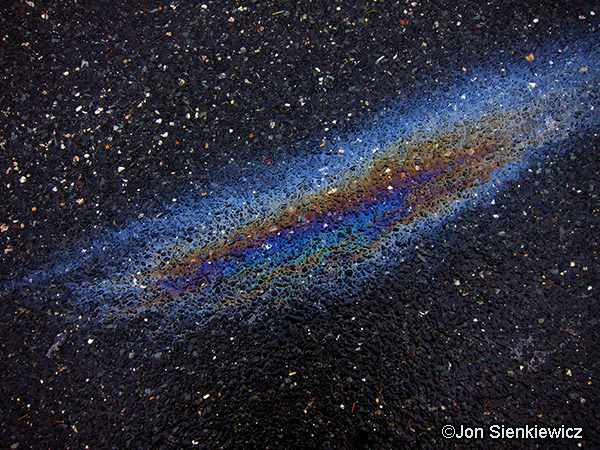
Look Down
Look for oil slicks in grocery store parking lots. Why there? Supermarket lots are large, generally plentiful and see thousands of cars each day.
Oil slicks look like outer space to me. In post-processing, crank up the Saturation and the small bits of debris look like stars.
Reflections often make interesting subjects, too. Puddles, birdbaths, ponds and lakes—anywhere you can find still water—all provide attractive subjects. Here’s another place where a polarizing filter can play a role—use it to accentuate the reflection, or cancel it altogether.
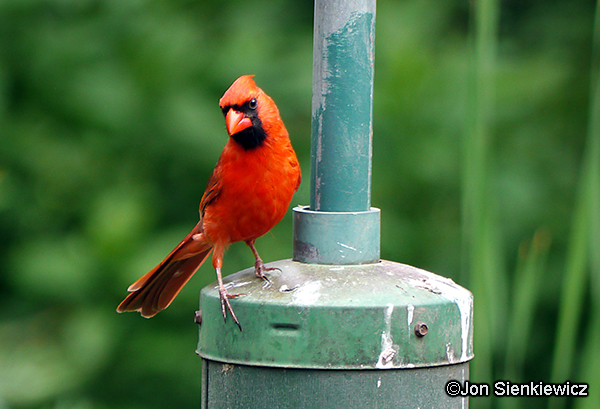
Look Up
Our feathered friends begin their nest building maneuvers in late March and April, at least where I live that’s true. Use a long zoom to get close shots without disturbing the process. If you’re persistent you can chronicle the entire procedure—from twigs to nest to fledglings.
Make Daylight Savings Life Saving Time
Fire Marshals across the nation recommend that we celebrate the resumption of Daylight Savings Time by changing the batteries in our smoke detectors and carbon monoxide alarms. Remember that both of these devices have finite lifetimes. If you can’t remember when you installed yours (and weren’t mindful enough to write the date on the back with a Sharpie) maybe it’s time to buy some new ones. With a starting price under $10 on Amazon, there is absolutely no excuse not to.
That’s important advice that can save lives, but don’t stop there. If you do not remove the batteries from your emergency flashlights, and don’t use rechargeables, be sure to check them now. Although battery leakage is less common than it was years ago, it still happens.

Spring Is
So why is it called “spring?” Good question. According to the (admittedly limited) research I have done, the original name was “springing season” because that’s when flowers spring out of the ground. Frankly, I don’t buy that. There must be a more mystical, magical reason. After all, spring is such an amazing season. Does anyone know the real reason we call it spring? Please share your knowledge in a post.
—Jon Sienkiewicz
(As an Amazon Associate, Shutterbug earns from qualifying purchases linked in this story.)
- Log in or register to post comments











